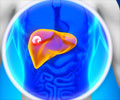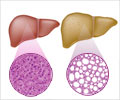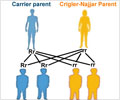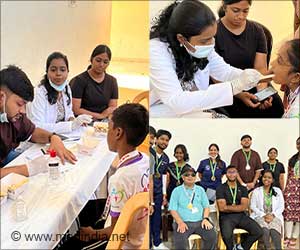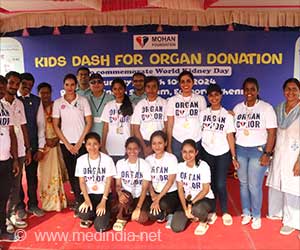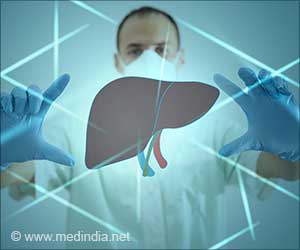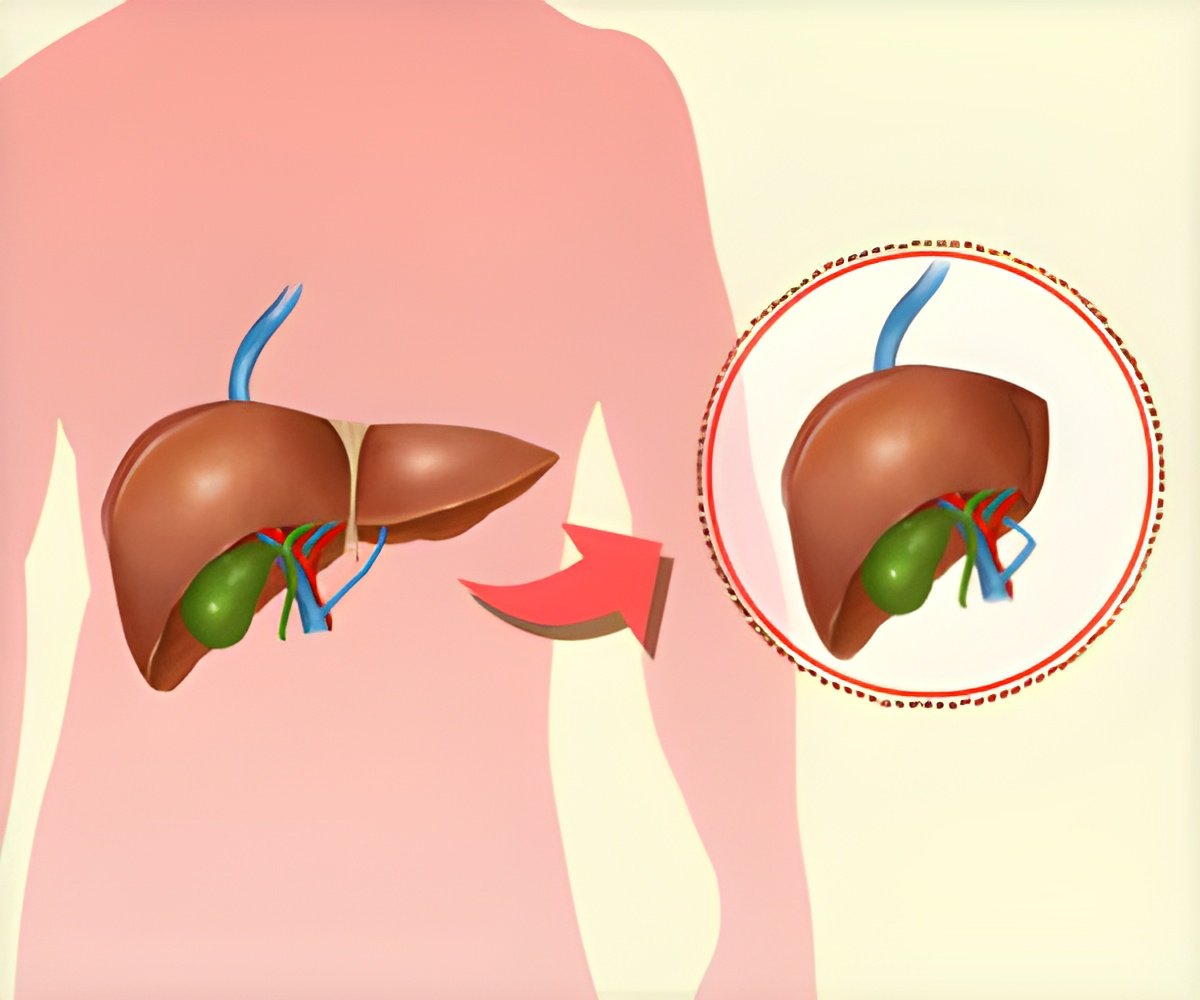
‘Increase use of split liver transplantation can help reduce the number of children who die awaiting liver transplantation.’
Tweet it Now
The report of the findings were published in The Journal of Pediatrics."Our study indicates that while there were initially worse outcomes when a whole liver from a deceased donor was given to two recipients, known as a "split liver transplant," outcomes are now similar to the classic liver transplant, when a whole liver is given to one recipient. Additionally, outcomes when a living donor gives a portion of his or her liver may actually be superior to a whole liver transplant," says Douglas B. Mogul, M.D., M.P.H., assistant professor of pediatrics at the Johns Hopkins University School of Medicine and the study's lead author. Mogul also practices at Johns Hopkins Children's Center.
Currently, donor livers from deceased people are allocated to patients based on the Pediatric End-stage Liver Disease (PELD) or Model for End-stage Liver Disease (MELD) system, which provide a score for potential recipients based on how urgently they need a liver transplant within the next three months. Those with high PELD/MELD scores can be subject to long-term physical and mental impairments, hospitalizations and increased costs until they are sick enough to qualify for a transplant.
Alternatives to WLT, or to taking whole livers from deceased donors, can potentially increase organ supply, shorten wait list times and reduce pre-transplant complications and deaths, according to Mogul.
The alternatives include split liver transplantation (SLT), in which a liver is divided up to transplant into two recipients, and living donor liver transplantation (LDLT), in which a portion of a liver from a live donor is used. The liver of such a donor can regenerate its own tissue.
Advertisement
To better understand recent outcomes for pediatric liver transplants by transplant type, Mogul and the research team looked at data for liver-only pediatric transplant recipients from the Scientific Registry of Transplant Recipients, a data system that includes information on all donors, wait listed candidates and transplant recipients in the United States.
Advertisement
From 2002 to 2009 and 2010 to 2015, 30-day survival for SLT improved (94 to 98 percent), and one-year survival for SLT improved from 89 to 95 percent. One-year survival also improved for LDLT, from 93 percent in 2002 to 2009 to 98 percent in 2010 to 2015.
The researchers found no change in survival rates for WLT at either 30 days or one year. The risk of early death with SLT was 2.14 times higher from 2002 to 2009 compared to WLT, but this risk disappeared in 2010 to 2015. From 2002 to 2009 and 2010 to 2015, the frequency of transplants was similar for WLT (60 percent for both periods), SLT (29 and 28 percent) and LDLT (11 and 12 percent).
SLT and LDLT recipients were more likely to be under 2 years of age and weigh less than 22 pounds. African-Americans were less likely than Caucasians to receive LDLT and more likely to receive WLT. Donor age for all patients receiving an LDLT was 18-50, whereas WLT recipients were more likely to have donors age 0-17. Those undergoing LDLT were more likely to have private insurance, and those with SLT were more likely to have public insurance.
"A recent report tells us that nearly half of all children that died while on the wait list didn't receive a single offer for an organ. Our findings, which show that overall patient and graft survivals have improved , and that outcomes for alternatives to WLT are comparable, will hopefully influence policy for organ allocation such as greater use of split liver transplantation," says Mogul.
One in 10 children on the wait list die each year, and the cost for a pediatric liver transplant is estimated to be between $150,000 and $250,000, he adds.
Source-Eurekalert





